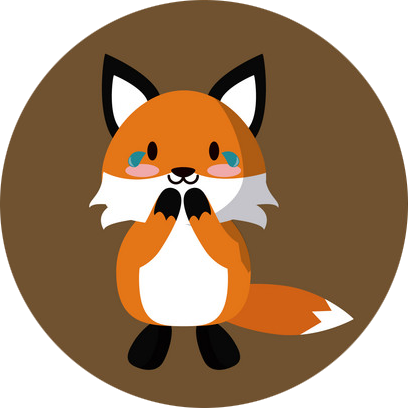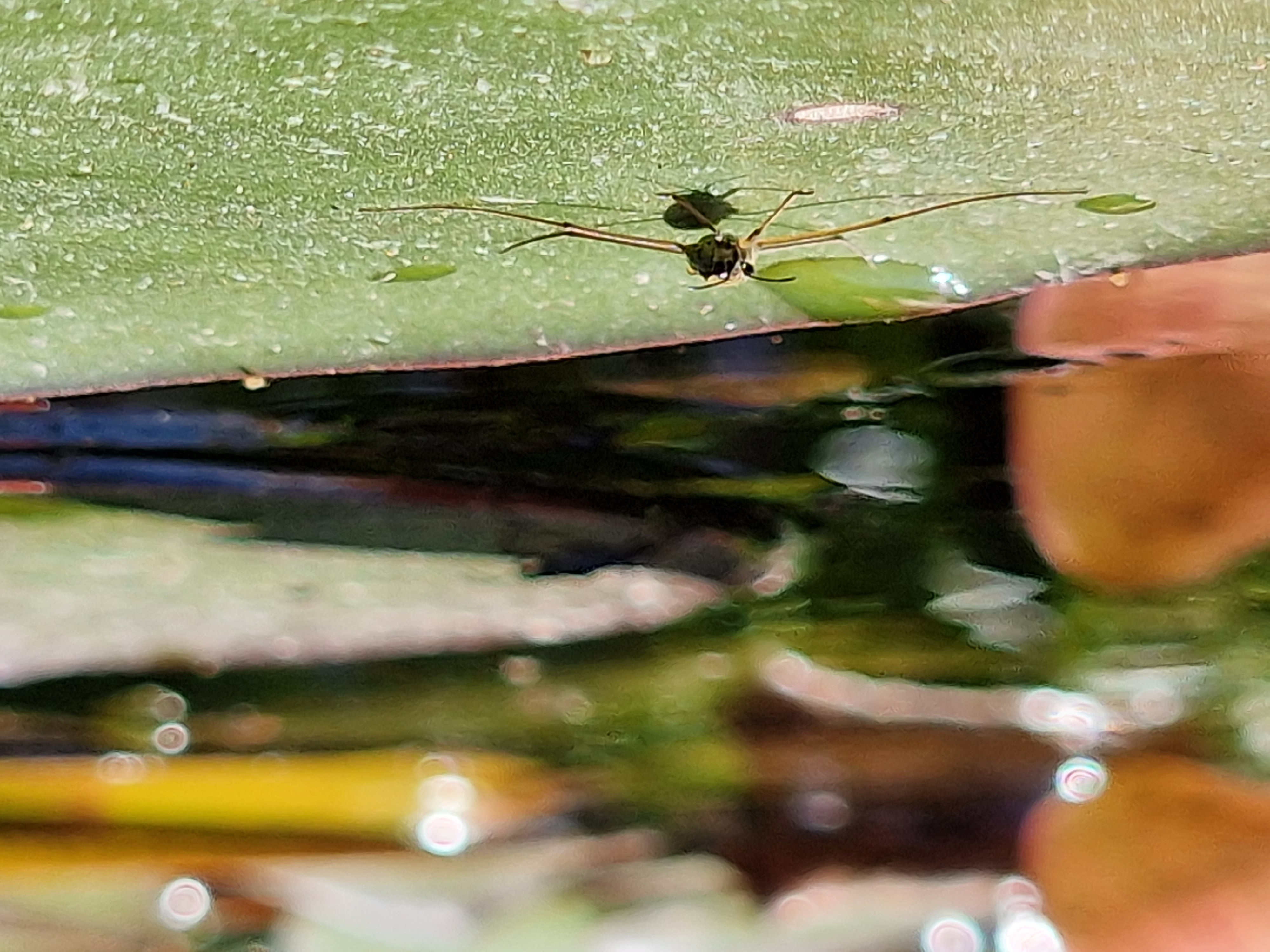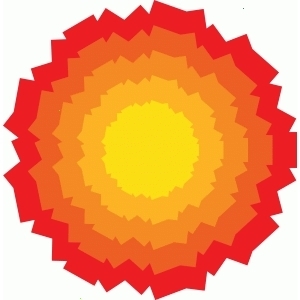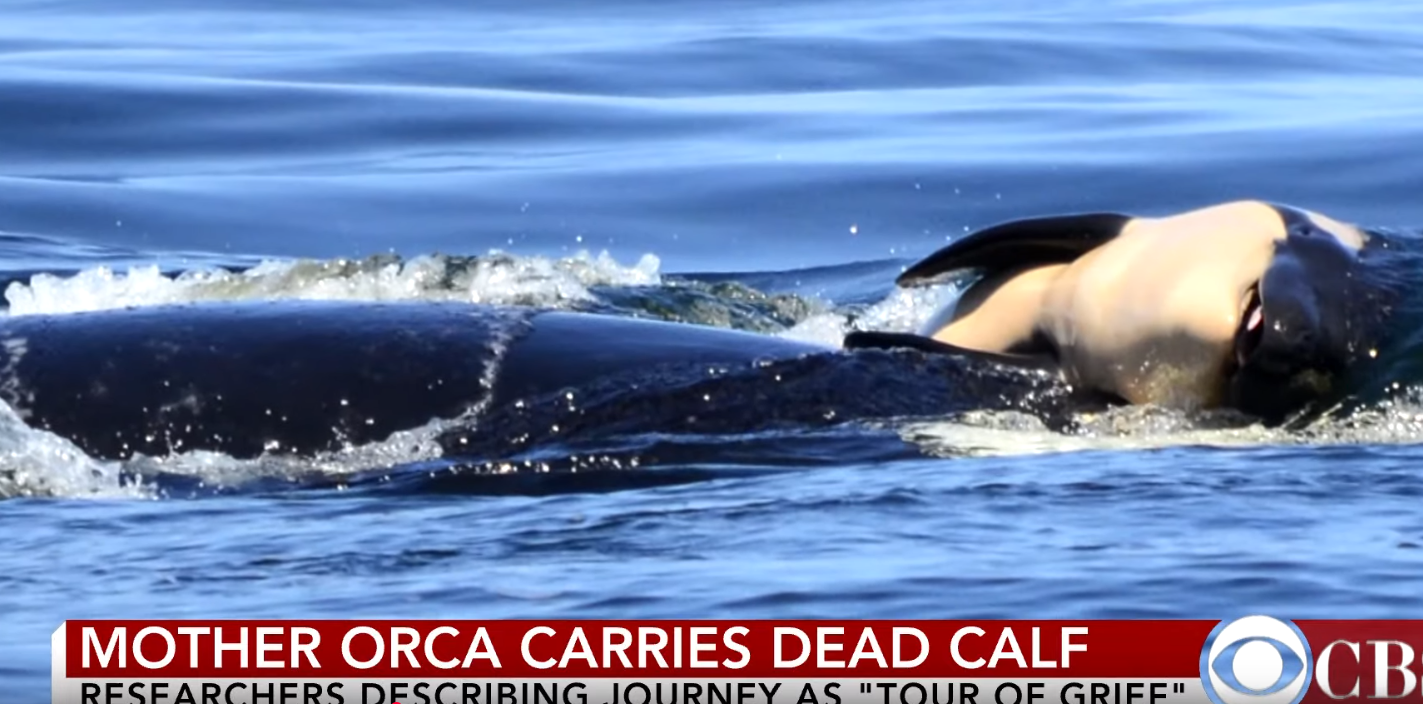Summary
Tahlequah, the orca who gained global attention in 2018 for carrying her dead calf for 17 days across 1,000 miles, has given birth to a new calf, designated J61.
The Center for Whale Research expressed concern for J61’s survival, as orca calves face high mortality in their first year.
Tahlequah, part of the endangered Southern Resident orcas, now has three surviving offspring.
With only 73 whales left in the population, threats like pollution, food scarcity, and contaminants remain critical challenges to their survival.
Orcas are very intelligent, emotional, and social, arguably moreso than any other non-human animal. For this orca individual, the reality was doubtlessly just as much of a dramatic and emotional journey as it appears in the headline.
On the other hand, they wear dead salmon as hats, so maybe they have their derpy points too.
Thats what makes them so “human”. They are eerily close to us on an emotional level.
It’s definitely easier to relate to an animal when they do something silly and you know they’re just being silly. That’s why it’s so easy to relate to dogs sometimes. Dogs like to be silly and so do we.
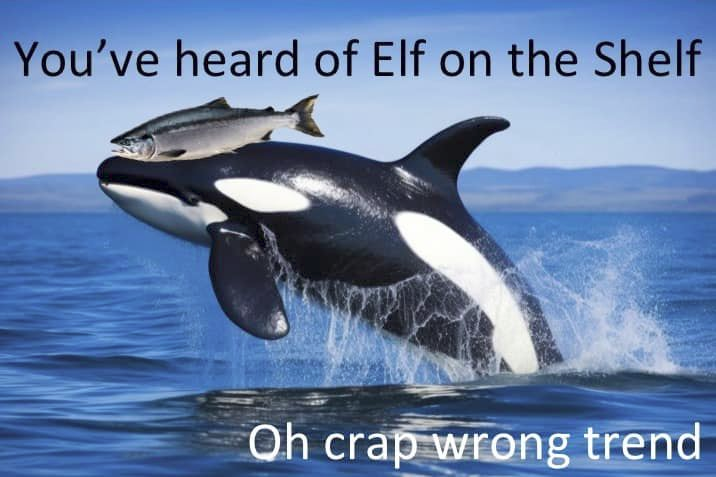
The orca from this story is from one of the same pods that was part of that trend, although she’s too young (1998) to have been part of the original trend. But perhaps her mother once wore a salmon hat
I understand why you said it, but other animals are very social, intelligent, and emotional animals and I dont want people to think whales are special to the point of excluding other species.
A good example I think are pigs, can very often be smarter and more emotionally responsive than dogs, and can have huge multifamily societies. In some herds, the whole group will get excited in anticipation of one of the sows giving birth.
Even cows cry when their calves are taken.
That single fact is what makes milk unpalatable to me.
On Alone: Australia, one of the contestants was a biologist. She refused to eat any animal that “cares for its young.” I had never thought about differentiating that way.
i know this isn’t really appropriate, but you know how we have dog years to sort of imagine how significant a year is in a dog’s life?
I think we need the same with length measurements for big sea creatures like orcas and whales. 1000 miles I’m sure is still a long long way for an orca but this made me wonder exactly how long it would feel for an orca as opposed to a human.
Orca traveling speed is 8 km/hr. Human walking speed is 5 km/hr. 1000 m is roughly 1600 km. So 1600km is 200 hrs of traveling for an Orca.
200 hours times the speed of humans waking is 1000km. Therefore the human equivalent would be a human walking 621 miles.
Quite significant even at Orca speeds
Miles should be renamed to Orca km
deleted by creator
Google “621 orca stacks” for more information
thank you! I won’t reference the annoying sub but good work
From a quick search: there haven’t been conclusive studies, but orcas can as old as 30 or 40.
So, given that “dog years” are essentially the life span of a human divided by the life span of a dog, “orca years” would be twice or thrice that of a human.
I need that measurement in miles
Average human lifespans 75 Average orca lifespan say 35
75 / 35 is 2.21
Assuming that math is equivalent to dog years
A human year would be 2.2 years to each orca year
So if we decide that same thing works for distance?
That would be like 451.1 miles for a human to carry their dead offspring?
But I find it would be more approximate to use body size as the modifier for perceived distance?
So let’s take the average height of 5.5 feet for an adult human woman
Dirty google search of about 20 feet averages length of adult female orca
So 20/5.5 gives us 3.63 orca to 1 human foot
Making the answer about:
275.48 orca miles (sizes based) Or 451.1 orca miles (lifespan based)
deleted by creator
Well they have an average migration pattern that is 7,000 miles round trip. So 1/7th of an orca migratory pattern?
sorry for the confusion, I meant length of distance, not lifespan. so not orca years, but orca kilometers. i assume one orca kilometer is longer than a human kilometer since orcas are larger and probably they travel faster in water than we do on land on average. and I assume there’s no such thing as an orca mile because everyone keeps saying orcas are smart creatures.
Carried how? Serious question. Not in her hands, quite sure of that.
This is the best image I found with a quick search:
And this is a similar scene as described by Sir David Attenborough (who is 98, holy cow!):
https://www.youtube.com/watch?v=0a8HGJid-JoI have no idea, but they’ve also been known to wear dead seals as hats so…
By the time she let the baby’s carcass go, she had carried the calf across 1,000 miles on her head.
Maybe it was just an attempt at creating an another odd orca fashion trend?
(Man, that was a pretty morbid joke.)
BTW, the salmon fashion trend is back.
More like a pretty orcid joke, am I right?
Can’t make a good joke without saying something you shouldnt. Interesting thing about the salmon! Whales are crafty aren’t they?





